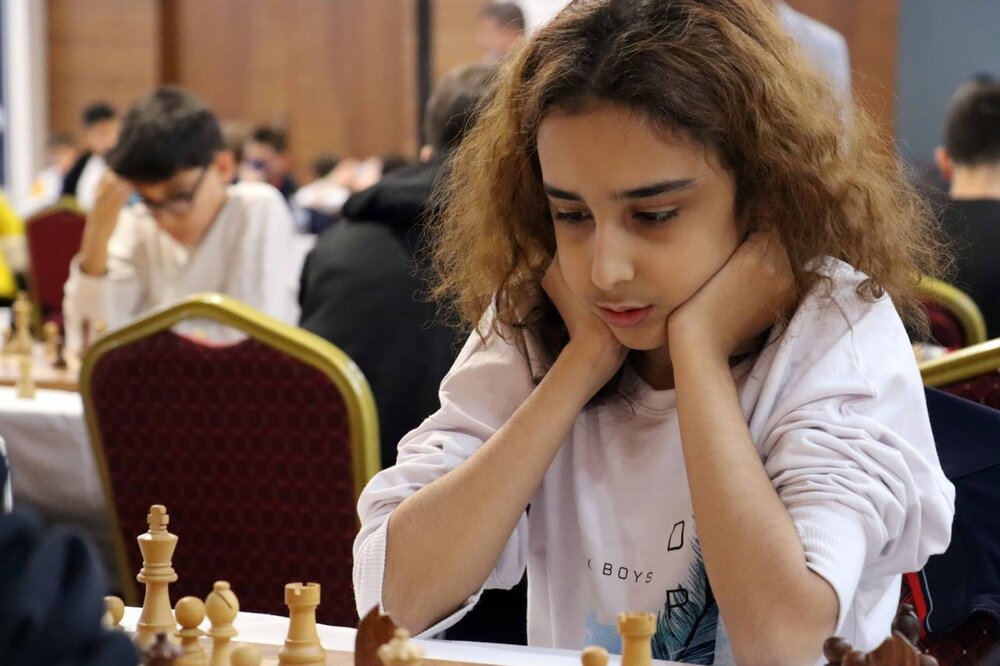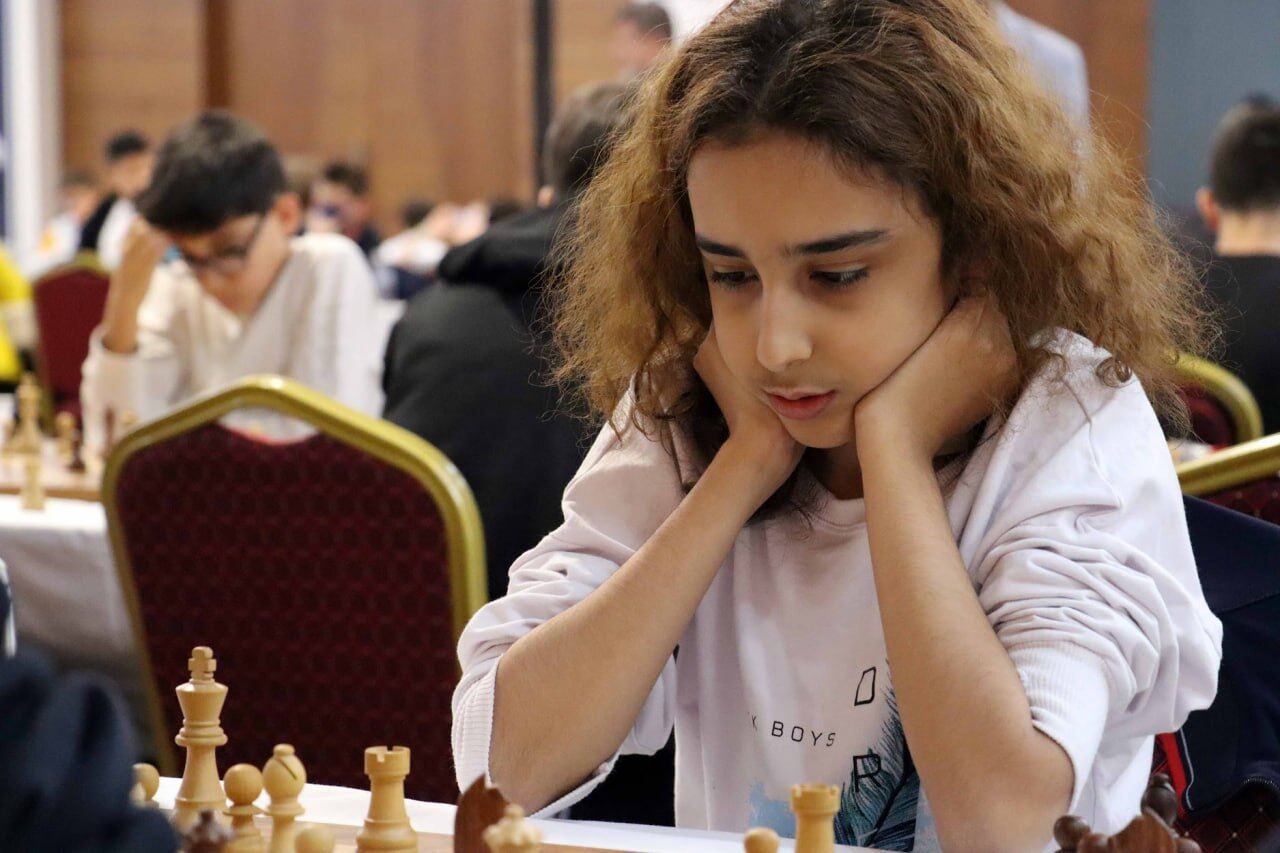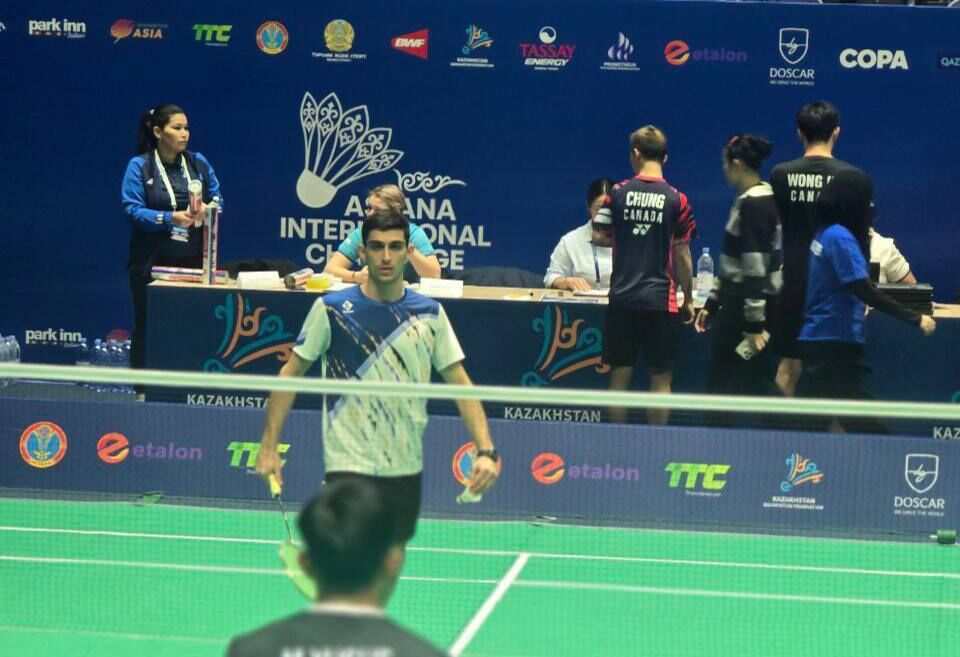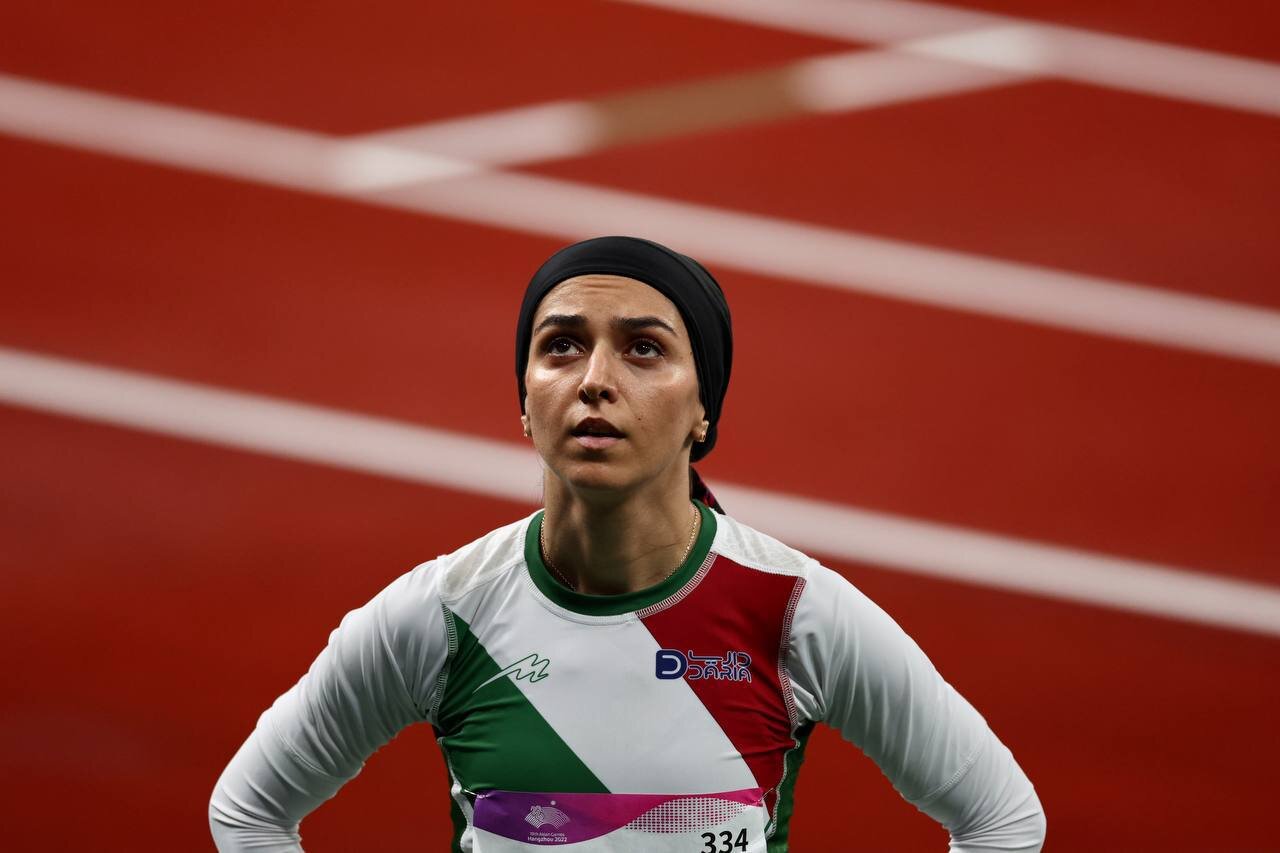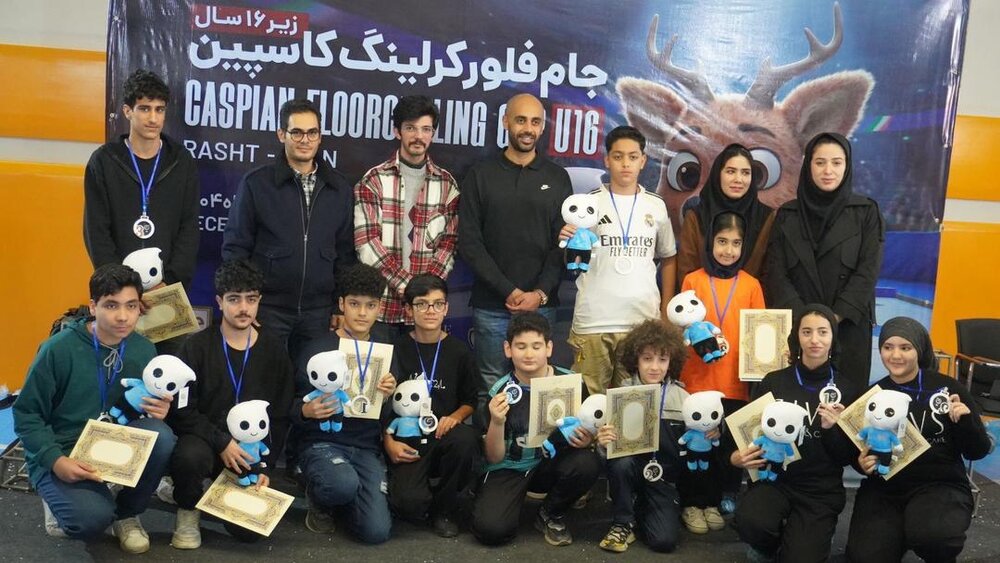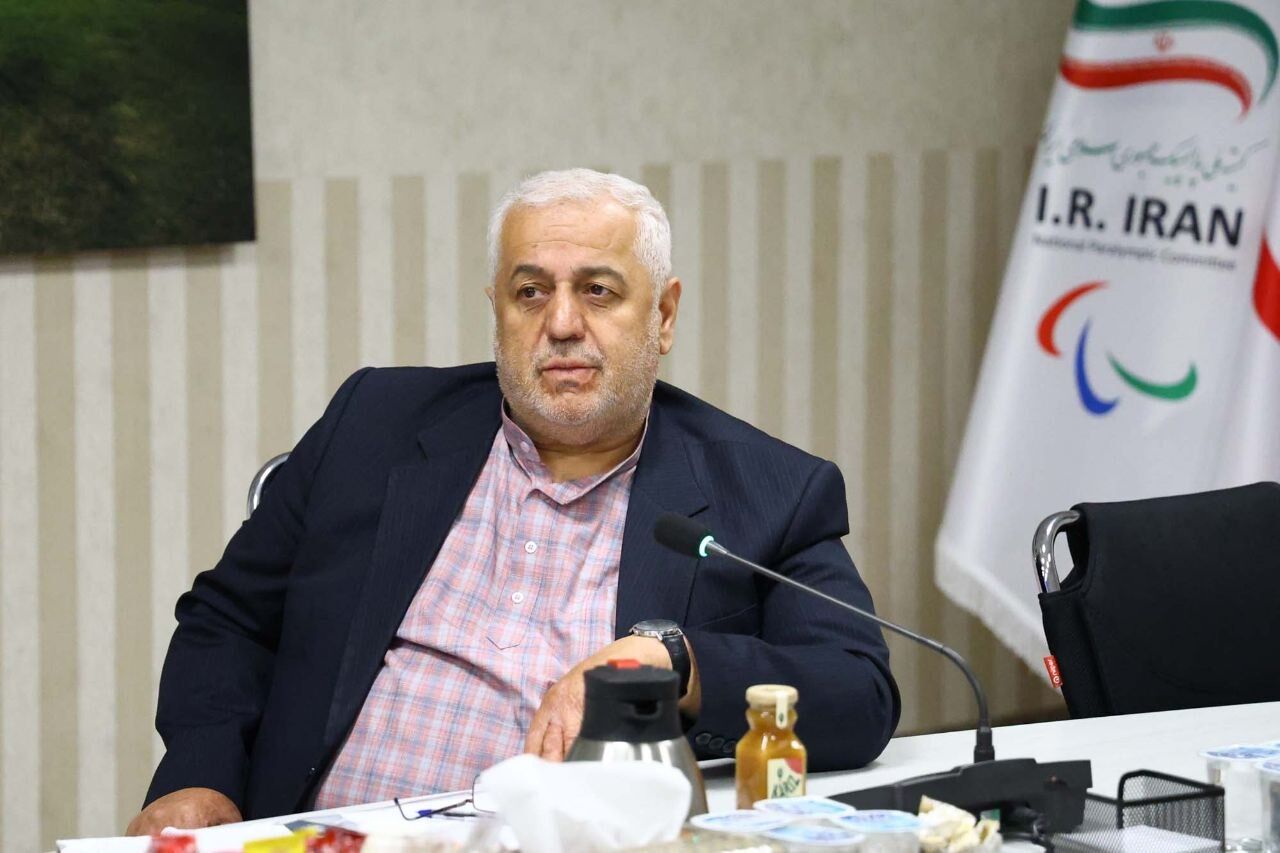Stolen lives: Every freed Palestinian carries the weight of their people's struggle
Stolen lives: Every freed Palestinian carries the weight of their people's struggle

They staggered out of the shadows like ghosts returning to the world of the living.
On one side of the screen, western cameras zoomed in on the smiling faces of 20 freed Israeli men. Their names were broadcast. Their families profiled. Their reunions streamed live - bathed in warm light, tender hugs, endless coverage.
On the other side - out of frame, almost invisible - nearly 2000 Palestinians emerged from prison gates that had swallowed years of their lives.
No studio lights awaited them. No smiling anchors. No glossy headlines. Only gaunt faces, trembling hands, hollow eyes that spoke a different language - the language of pain.
The contrast was stark.
For every Israeli released, a hundred Palestinians. For every name the world heard, a hundred names erased. Their return was met with tears, ululations, open arms - but also rubble, graves, and hollow spaces where homes and loved ones once were.
It was celebration laced with mourning, joy braided with grief.
Shadi Abu Sido, a photojournalist seized from Al-Shifa hospital and held for 20 months in an Israeli cell, was one of them.
When his wife walked in, he rushed to embrace her like a man unhinged. Then came the children - small, shaking, reaching out for the father they feared they’d lost forever. He fell to his knees and gathered them into his arms, tracing their faces with trembling hands, kissing them again and again in frantic disbelief. Through tears, he screamed: "They told me you were all dead. They told me Gaza is gone."
He clung to them like a man clawing his way back from the grave.
Ali al-Sayes walked out after 20 years in prison. His daughter, a child when he was taken, now a young woman, ran to him weeping. He cupped her face between his palms and whispered softly, "You are my rose."
There were no words for the decades stolen - the birthdays missed, the growing up he never saw, the life that passed without him.
No one left to embrace
For others, there was no one left to embrace. Haitham Salem emerged clutching a bracelet he had made for his daughter’s birthday, three days away.
The first thing he heard upon release was that his wife and all three of his children had been killed in Gaza. He collapsed, weeping: "My children have died. My children have died. My children have died."
That same morning, the father of journalist Saleh Jafarawi buried his son. Hours later, buses carrying freed prisoners crossed into Gaza. His eldest son, Naji, stepped off - dazed from captivity, blinking against the light. He rushed into his father’s arms and asked, through tears, "Where is Saleh?"
The old man held him tight, his voice cracking as he whispered: "He was martyred yesterday."
Naji collapsed, the weight of grief heavier than the chains he had just shed. His father knelt beside him, cradling his broken son, both of them weeping into the dust.
Some were released not to their homes but to exile. Murad Abu Rub, from Ramallah, was deported to Egypt instead of returning home. His sister had bought him a suit for the day of his release, guessing his size because she hadn’t held him since he was a boy.
But the news came suddenly. He was gone. No goodbye. No last look. No long-imagined embrace. His sister wept.
Others emerged so frail they could barely stand. One father collapsed into the arms of his three crying children, their cries of "Ya baba" echoing through the air. His emaciated body shook as they clung to him, too weak to hold them in return.
The Israeli authorities had prepared trauma teams for the returning Israeli captives - and were surprised to find them healthy, walking unaided, smiling for the cameras. In stark contrast, the Palestinians who emerged bore the unmistakable marks of starvation and abuse: bruised faces, visible bones, sunken eyes.
Their suffering was not incidental. It was policy - enforced by far-right minister Itamar Ben Gvir, who has made it his personal crusade to crush Palestinian prisoners through humiliation, starvation and violence.
Human rights organisations and the UN have documented systematic torture inside Israeli prisons: savage beatings, electric shocks, stress positions, sexual violence, dog attacks, cigarette burns, chemical burns, starvation, denial of medicine, prayer, even sleep.
This cruelty is written into their bodies. Some emerge so altered that even their own mothers don’t recognise them.
'Have you seen my son?'
One widely shared video of a Palestinian prisoner called Hamza shows a mother staring blankly at her son after two years of imprisonment, until someone whispers his name. She breaks down, clutching him through tears, crying: "Hamza! Oh Hamza, habibi.” Two years of torture, starvation, and isolation had carved him into someone else.
The outcry for the dead Israeli captives was global, relentless. But for the scores of Palestinians kidnapped, tortured, executed - there was silence
One emblem of this cruelty is the case of Dr Adnan al-Bursh.
A respected orthopaedic surgeon, he was kidnapped from Al-Awda Hospital and taken to the notorious Sde Teiman prison - a black site where Palestinian detainees vanish into a world of beatings and electric shocks. There, guards raped him and left him to die in the courtyard.
When footage of his ordeal emerged, Israeli protesters took to the street - not against the torture or the rape, but to defend the guards’ right to rape Palestinian prisoners.
Many doctors and paramedics remain in captivity today - people like Dr Hussam Abu Safiya and Dr Marwan al-Hams, seized not with weapons but with stethoscopes, syringes, bloodied gloves. Taken from hospitals and rubble sites as they tried to save lives. Their crime was compassion. Their punishment is disappearance.
While the Israeli Prime Minister Benjamin Netanyahu invokes the return of Israeli bodies to justify breaking the ceasefire, Israel holds the bodies of hundreds of Palestinians killed in captivity. An autopsy of one returned Israeli hostage revealed he was killed by Israeli bombardment - the same bombs that flattened Gaza and buried thousands beneath the rubble.
The bodies returned by Israel after the ceasefire told another story: bodies bearing the unmistakable marks of torture and gunfire.
The outcry for the dead Israeli captives was global, relentless. But for the scores of Palestinians kidnapped, tortured, executed - there was silence.
No names. No numbers. No faces. Just mothers scanning the lines of the newly released, whispering through their tears: "Have you seen my son?"
Footage shared with Drop Site shows refrigerated trucks and the Red Cross vehicles lined up at the Kissufim crossing, waiting to transport what are believed to be the bodies of dozens of Palestinians to Gaza.
Under the current deal, Israel will return 15 Palestinian bodies for every deceased Israeli captive. Estimates of the number of Palestinian bodies held by Israel range between six and seven hundred - possibly more.
Israel’s policy of withholding bodies is one of its most chilling cruelties. To hold a body is to hold a family’s mourning hostage. To return it as part of an exchange - with ratios that reduce human lives to arithmetic - is to turn even death into a weapon.
These prisons are not correctional facilities. They are graveyards for the living. Inside them, time doesn’t pass - it erodes. Even the simplest medicine is treated like contraband. Light and prayer are privileges, not rights. Children are blindfolded.
Women give birth in handcuffs. Journalists are disappeared. Doctors are tortured to death. Paramedics are beaten. Thousands are held without charge, trial, or end date - detained not for what they have done, but for who they are.
No real freedom
More than 9,100 Palestinians remain behind bars, including 52 women and nearly 400 children. Over 3,500 are held under "administrative detention", without charge or trial.
Hundreds more, many seized from Gaza, are held under Israel’s "Unlawful Combatant" law - a legal black hole that allows indefinite detention with no due process.

The pain of these prisons is not contained by their walls. It seeps into every Palestinian home. Almost every family has known the knock on the door in the night, the violent dawn raid, homes ransacked, children terrified, loved ones dragged away.
Prison is not just a location - it is a shadow that stalks Palestinians from cradle to grave. It is how occupation disciplines the body, crushes the spirit, colonises time itself.
And even for those who are released, there is no true freedom. They live under siege, beneath the gaze of an occupation army that never loosens its grip. They can be arrested again at any moment.
They are hostages in their own homeland. Family members who gather to celebrate their loved ones’ return often find themselves arrested too. Freedom is conditional. Temporary. Always under threat.
This is why language matters. Israelis are called "hostages" while Palestinians are called "prisoners". One word evokes innocence, urgency, sympathy. The other carries accusation, presumption, guilt.
But the truth is that all Palestinians are held hostage - by siege, by military occupation, by a carceral system designed not to correct but to crush.
And the world, too, is complicit in this cruelty. It grieves for 19 Israeli hostages believed to lie beneath the rubble - while turning away from more than 10,000 Palestinians buried there. One to five hundred. A ratio that distils a century of dehumanisation into cold arithmetic.
For Palestinians, prisoners have always stood at the heart of the struggle. Long before this occupation, during the British Mandate, prison cells were the crucible of defiance.
From Akka’s prison, a funeral emerged,
Mohammad Jamjoum and Fouad Hijazi.
Do them justice, my people, do them justice,
The high commissioner and his associates alike.
The song commemorates three young men - Mohammad Jamjoum, Fouad Hijazi and Ataa Al-Zeir - executed by the British in 1930 after the Al-Buraq revolt. Their names still live on Palestinian lips, sung across generations. Because Palestinians do not forget their prisoners. They never have.
Older struggles
But this story stretches far beyond Palestine. Across continents, the prison cell has long been both a site of punishment and a forge of liberation.
It was from a prison that Nelson Mandela walked out to break the spine of apartheid. It was in the cells of Long Kesh that Irish hunger striker Bobby Sands and his comrades transformed their bodies into weapons of resistance, their starvation echoing far beyond the prison gates.
From Algeria to Kenya, from South Africa to Ireland, empire built its prisons as instruments of control - and from those same cells came songs, manifestos, revolutions.
The story of the prisoner is never only about the prisoner. It is about a people who refuses to submit. It is about the stubborn, beautiful, unbreakable human will to be free
For the oppressor, prison is meant to erase. For the oppressed, it becomes a mirror, a gathering place for the collective soul. Every iron door meant to break a people has, in time, engraved their names deeper into history.
The men and women who walked out this week are not just individuals. They are the living thread of a struggle older than this occupation - a struggle shared by every people that has ever felt a boot on their neck and chosen to rise.
They carry in their broken bodies the same fierce light that burned in the hearts of those who fought apartheid, colonialism, and dictatorship.
Because the story of the prisoner is never only about the prisoner. It is about a people who refuses to submit. It is about the stubborn, beautiful, unbreakable human will to be free.
As the Irish hunger striker Bobby Sands once said: "Our revenge will be the laughter of our children."
The views expressed in this article belong to the author and do not necessarily reflect the editorial policy of Middle East Eye.




